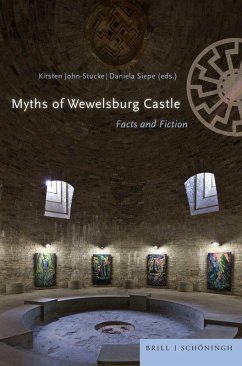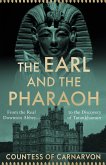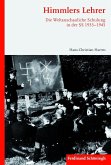Wewelsburg Castle in Germany figures prominently in right-wing conspiracy theories and popular culture. This book sheds light onto the background and impact of these myths for the first time. During the Nazi era, this Westphalian castle became a key venue for gatherings of high ranking SS leaders. After World War II, rumors about occult SS rituals made the place a pilgrimage site of the extreme right. The northern tower's ornamental sun wheel design, today known as the "Black Sun," appears in thrillers, comic books, and in the right-wing music scene. It has morphed into a dubious visual element of today's pop culture and is now familiar to people throughout the world as a symbol of neofascist and alt-right groups. The lavishly illustrated volume traces facts and fiction about the origins and current reception of the myths related to Wewelsburg Castle and the sun wheel symbol.
Bitte wählen Sie Ihr Anliegen aus.
Rechnungen
Retourenschein anfordern
Bestellstatus
Storno








